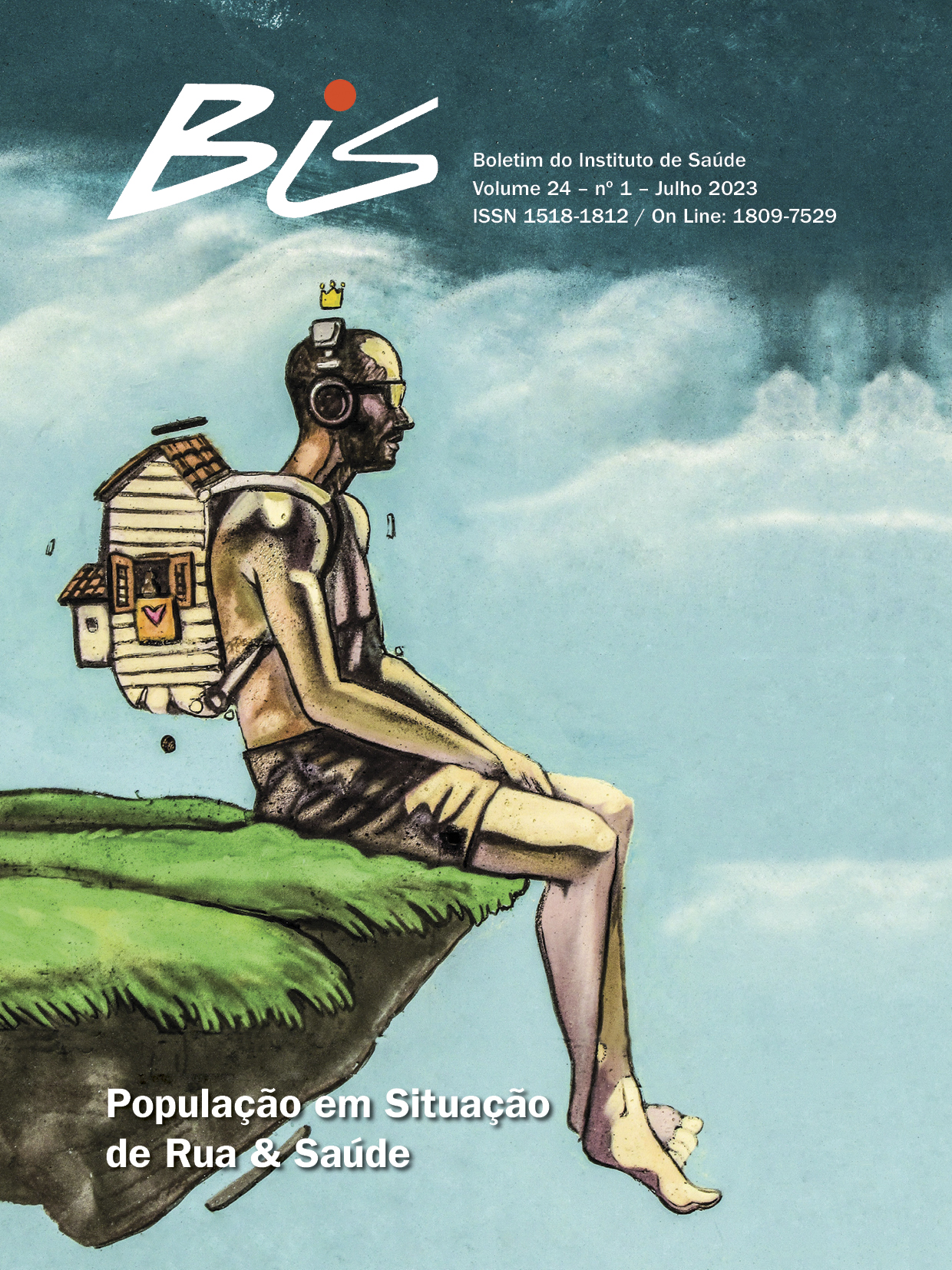Abstract
This article aims to discuss the interaction between companion species, in human/domestic animal relationships, in situations of
homelessness, through an anthropological and ethnographic approach, concomitant with urban care and rescue actions aimed at
dogs and cats, in the streets of the municipality of Carapicuíba, in the Greater São Paulo region, Brazil. The debate concerning a
society that contemplates and dignifies living beings, not only humans, emerges from the need to highlight the role of millions of
domestic animals whose meaning in contemporary social life has been changing with incredible speed, affecting society in its bonds
as well as changing affective relationships between beings, with repercussions in the theoretical field – from philosophy to biology,
with an emphasis on social and human sciences.
References
Derrida J. O animal que logo sou. São Paulo: editora UNESP; 2002.
Tolstói T. O diabo e outras histórias. São Paulo: Cosac Naify; 2010.
Haraway D. O manifesto das espécies companheiras: cachorros, pessoas e alteridade significativa. Rio de Janeiro: Bazar do tempo; 2021.
Maturana H. A ontologia da realidade. Belo Horizonte: Editora da UFMG; 2014.
Dooren T, Kirskey E, Münster U. Estudos multiespécies: cultivando artes de atentividade. Incertezas. 2016;3(7):39-66.
Tsing A. Viver nas ruínas: paisagens multiespécies no antropoceno. Brasília: IEB Mil Folhas; 2019.
Silva J. Após decisão judicial 400 famílias são desalojadas em Carapicuíba. Gazeta de São Paulo [internet]. 2022 [acesso em 15 jul 2022]. Disponível em: https://www.gazetasp.com.br/estado/mais-de-400-familias-sao-desalojadas-em-carapicuiba-
veja-fotos/1110242/

This work is licensed under a Creative Commons Attribution 4.0 International License.
Copyright (c) 2023 Monique Borba Cerqueira, Cássia Jane de Souza
